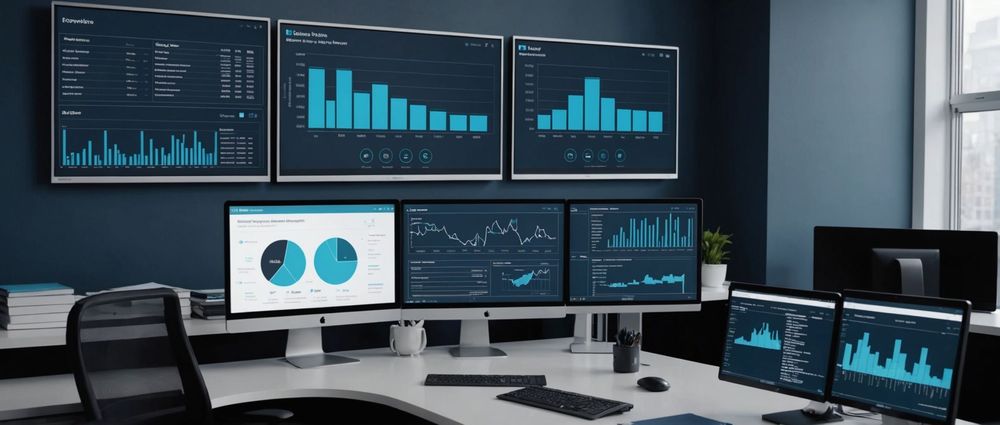In today’s digital landscape, leveraging online videos can significantly enhance customer experience. These visual assets not only capture attention but also engage and educate viewers effectively. This article explores actionable online video tips that can instantly uplift your customer interaction and satisfaction levels.
1. Create High-Quality Content

Producing high-quality video content is the cornerstone of an effective online video strategy. The visual and audio quality should be top-notch to ensure that viewers remain engaged. Poor quality can distract and frustrate your audience, potentially driving them away from your brand. Invest in good equipment and professional editing to make sure every video you produce reflects well on your brand.
Here’s what you need to consider:
- Resolution: Use at least 1080p resolution for clarity.
- Lighting: Ensure your scenes are well-lit to highlight key details.
- Sound: Use quality microphones to capture clear audio.
2. Optimize for SEO

Search Engine Optimization (SEO) is critical for making your videos easily discoverable. To ensure your videos rank well in search results, include relevant keywords in your video titles, descriptions, and tags. Transcriptions and closed captions can also improve searchability since they provide search engines with text data to index.
Implement these SEO tips:
- Use keyword-rich titles that capture attention.
- Write detailed descriptions with target keywords.
- Add tags relevant to your video’s content.
3. Ensure Mobile Compatibility

With an increasing number of users viewing content on mobile devices, ensuring your videos are mobile-friendly is essential. Videos should load quickly and display correctly on various screen sizes without compromising quality. Mobile compatibility not only improves user experience but also enhances engagement rates.
Key considerations for mobile compatibility include:
- Responsive design that adapts to different screen sizes.
- Fast loading times by optimizing file sizes.
- User-friendly controls for mobile navigation.
4. Implement Interactive Elements
Interactive elements such as clickable annotations, end screens, and cards can make your videos more engaging and informative. These elements allow you to provide additional information, direct viewers to other relevant content, and encourage interaction, such as likes, shares, and comments.
Consider adding:
- Clickable CTAs to guide viewers to next actions.
- Cards that link to other relevant videos or resources.
- End screens to promote your other videos or playlists.
5. Analyze and Adjust
Regular analysis of your video performance using analytics tools is crucial for continuous improvement. Understanding metrics such as views, watch time, viewer retention, and engagement can help you identify what works and what needs refinement. Use these insights to adjust your strategy and enhance customer experience effectively.
Steps for effective analysis:
- Track key performance metrics regularly.
- Identify patterns and trends in viewer behavior.
- Adjust content and strategy based on data-driven insights.
Conclusion
Enhancing customer experience through online videos requires a blend of high-quality content, SEO optimization, mobile compatibility, interactive elements, and continuous analysis. By implementing these strategies, you can significantly improve how customers interact with your brand, ultimately leading to higher engagement and satisfaction levels.
FAQ
1. Why is video quality important?
High video quality ensures that viewers remain engaged and have a positive experience, which reflects well on your brand.
2. How do I optimize my videos for SEO?
Include relevant keywords in your titles, descriptions, and tags. Use transcriptions and closed captions to improve searchability.
3. What makes a video mobile-friendly?
A mobile-friendly video loads quickly, adapts to different screen sizes, and offers user-friendly navigation and controls.
4. What are interactive elements in videos?
Interactive elements like clickable annotations, end screens, and cards enhance viewer engagement by providing additional information and prompts for interaction.
5. How can I analyze my video performance?
Use analytics tools to track metrics such as views, watch time, and engagement. Regularly analyze this data to identify trends and adjust your strategy accordingly.